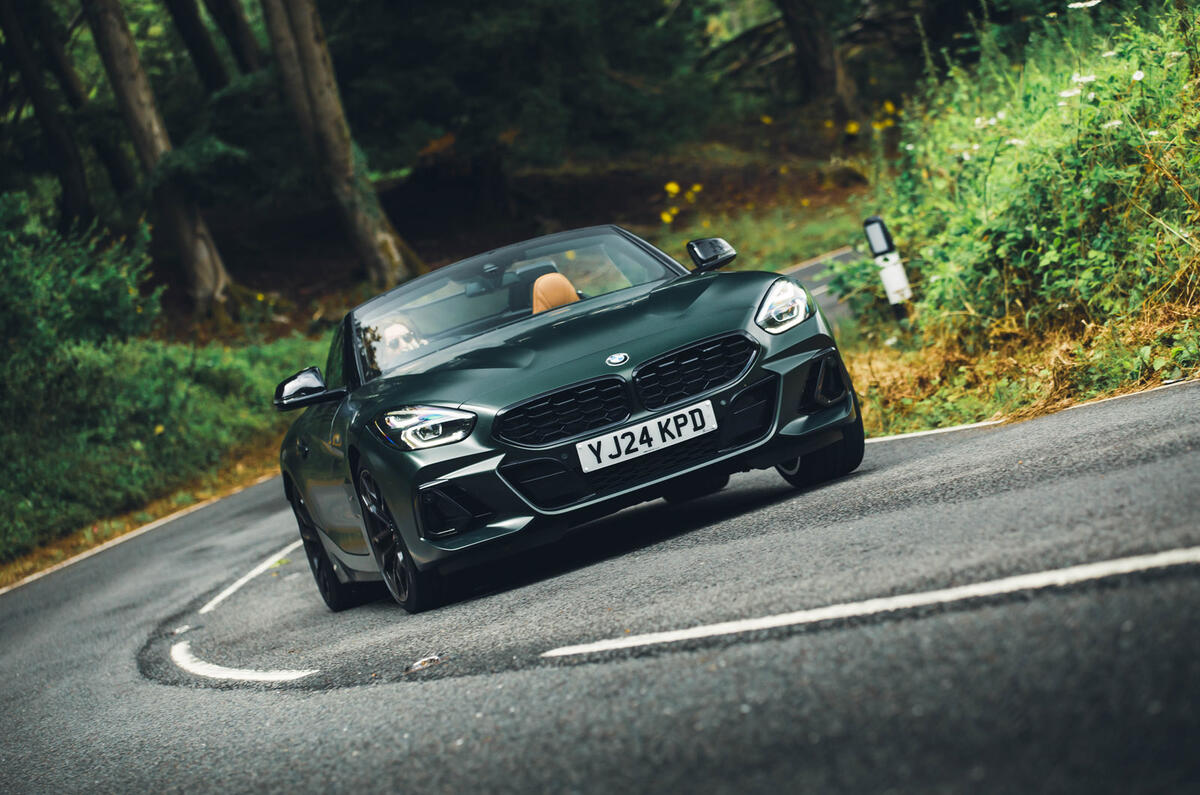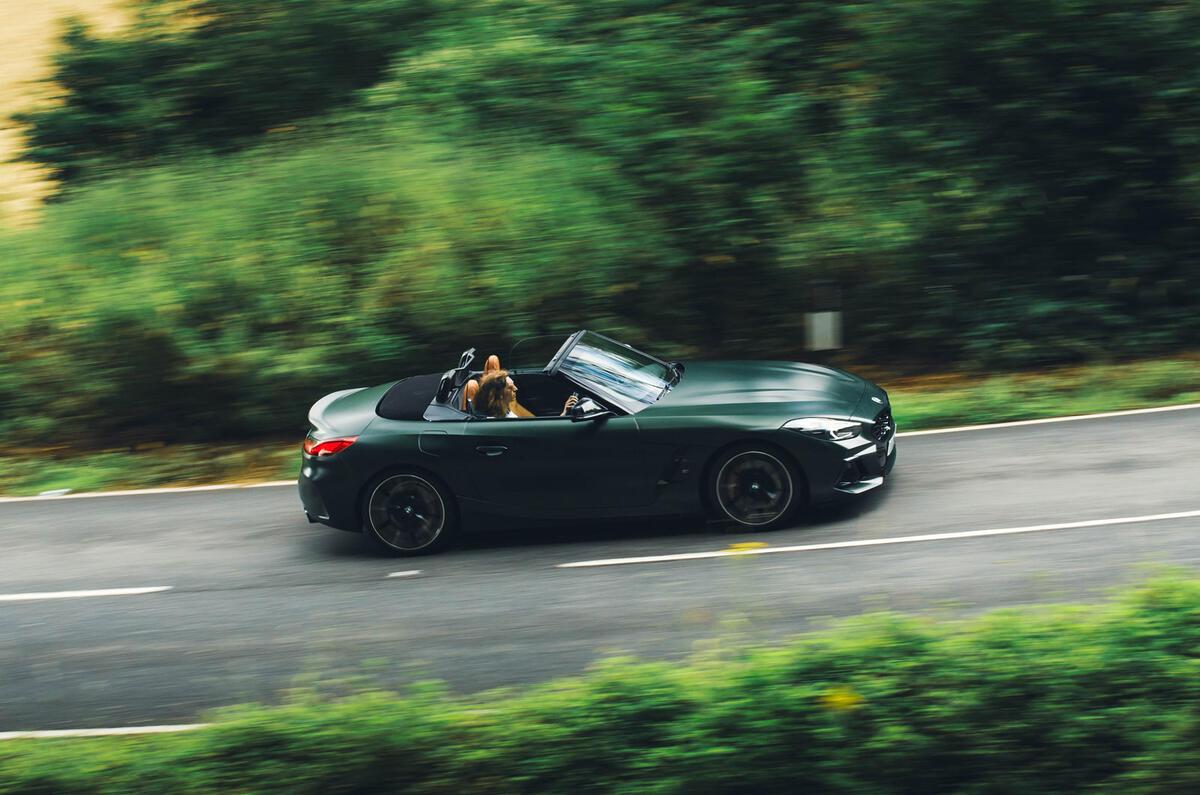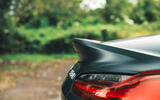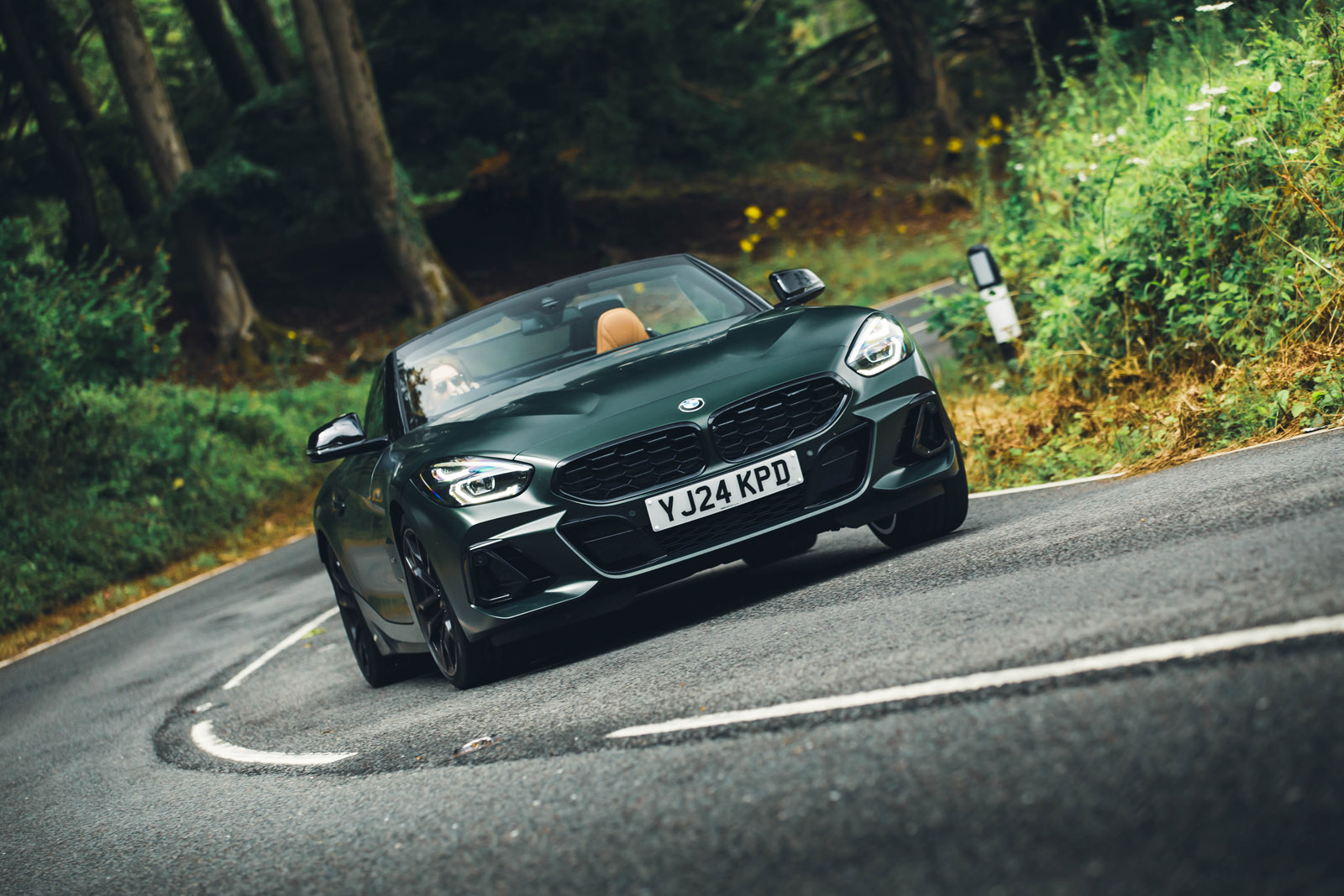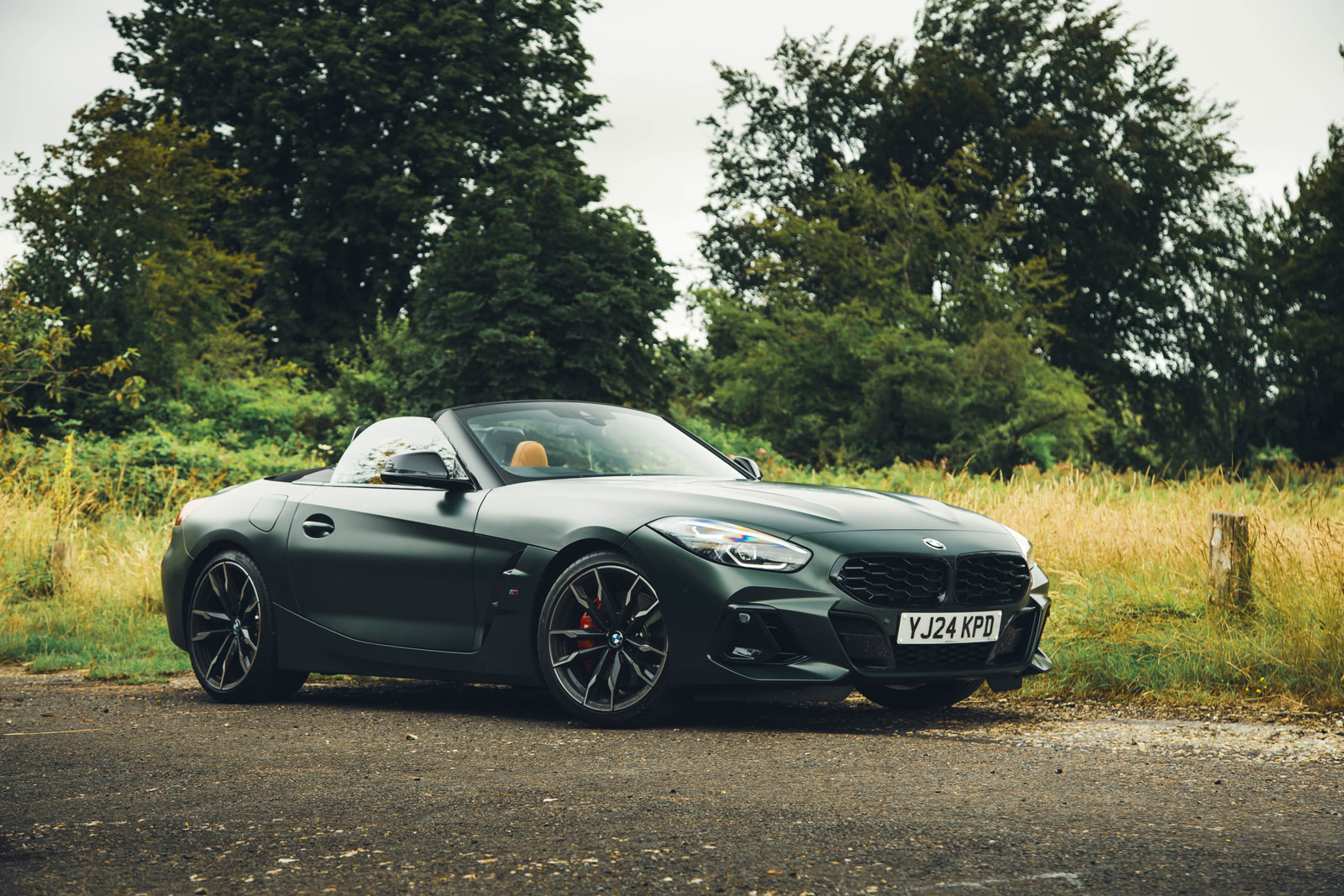BMW has been on a button-cutting mission with its most recent models and updates. The Z4, however, has been spared and continues to look the same inside as it did when it was launched. This might suggest that it’s dated, but that couldn’t be further from the truth.
We have criticised BMW’s recent user interface efforts quite a bit and stepping into the Z4 is a reminder why. Thanks to dedicated buttons and rocker switches for the climate controls, a tactile iDrive controller that can be used without looking at it and a row of eight configurable shortcut buttons on the fascia, the ergonomics in this cabin, and its easy usability, are exemplary.
The touchscreen can be used to adjust detailed settings, but there are physical controls for everything you might want to use on the move. The digital gauge cluster, with its semi-hexagonal displays for the speed and tacho, still isn’t the clearest.
Similarly, the design and materials have escaped BMW’s latest obsessions with light-up plastic. The slightly rough, rubberised material on the doors and dashboard perhaps doesn’t shout luxury, but then this is a £60,000 car rather than a £100,000 one. Ultimately, it’s all fairly straightforward and no-frills, leaving the driver to concentrate on the driving.
To that end, there’s a typically purposeful driving position. While some roadsters have limited leg room, the Z4 makes tall drivers feel right at home with a classic straight-legged seating position. The gearlever is naturally positioned – further forwards than in the Toyota Supra. Like all BMWs on this platform, right-hand-drive Z4s suffer from pedals that are offset to the right, but they are spaced well and, after a short period of familiarisation, all testers got along with the set-up just fine.
Of course, storage space is at a premium in what is a relatively compact car, but what little there is has been used efficiently. The door bins are only big enough for pens and the shelf behind the seats is narrow. However, your phone can go on the wireless charger in front of the gearlever, and there is a small cubby and a pair of cupholders under the armrest for other odds and ends.
There’s one further cubby between the seats, which doubles as a ski hatch. The boot itself is surprisingly deep for a roadster, and because the hood is stored on top, it doesn’t affect the boot space at all when folded down.
Multimedia

The Z4 is one of only a few new BMWs that still run the brand’s old iDrive 7.0 system. The visuals may not look bang up to date, but they’re calm and far from ugly, and the usability is patently better in every way than the current 8.0 version found on most other BMWs like the X5 and i7.
Because there is still a good selection of physical buttons, the system can be concise and easy to navigate. The screen is touch-sensitive, but because the interface is optimised for the rotary controller, you tend to just use that. The controller itself has well-defined haptics – as do the shortcut buttons around it – so you don’t need to look down to use it. The built-in navigation system is mostly reliable in finding addresses, and rerouting you in case of traffic problems.
Both Android Auto and Apple CarPlay connect wirelessly and are well integrated with the system’s native functions. The Harman Kardon hi-fi sounds fine but is not a patch on the best audio systems.




